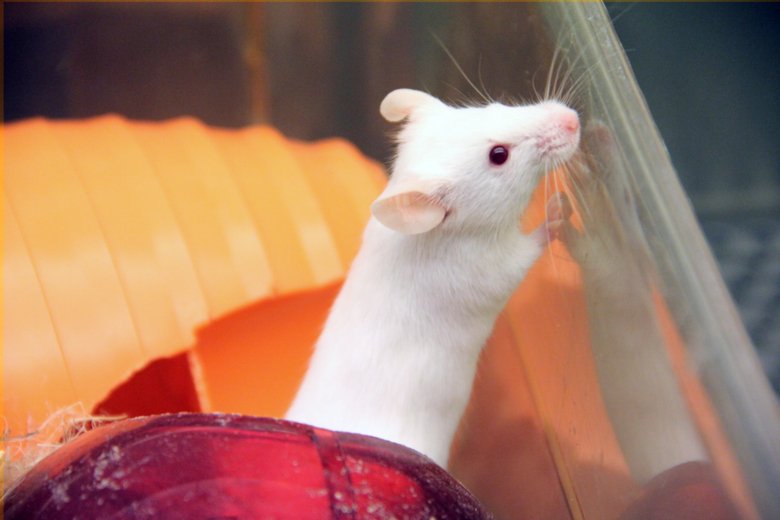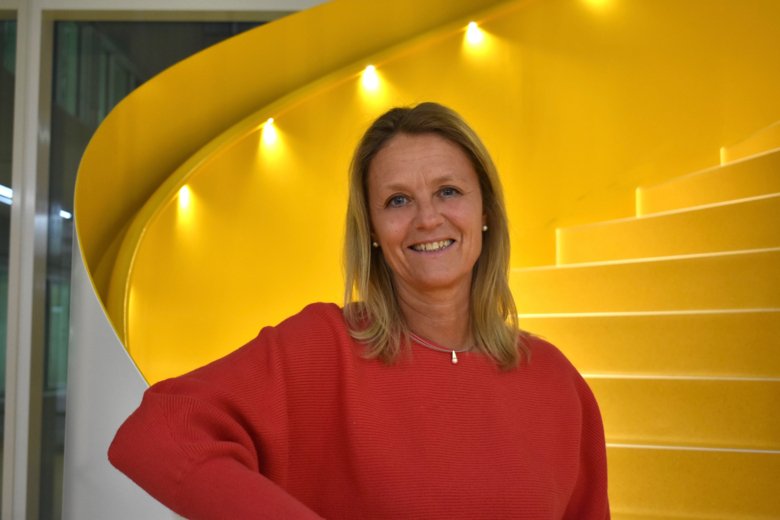Vaccination is an effective and safe method in a mouse model with inherited small vessel disease
Researchers from the Division of Neurogeriatrics, NVS, has had an article published in EMBO Molecular Medicine. They have completed an active vaccination study in a mouse model with inherited small vessel disease called CADASIL with the aim to investigate whether vaccination can repair damaged vessels by clearing them from toxic protein Notch3 aggregates. These aggregates are present in CADASIL patients and in this mouse model.

Our results show that vaccination reduce the number and size of the Notch3 aggregates in brain vessels as well as the blood by activating the immune system. We also show that the vaccination was safe and efficient since no side effects were visible in other organs such as kidney, retina or brain.
No cure or effective treatment exist for patients with CADASIL or other small vessels diseases, and this is a first proof-of-concept study that shows that vaccination can be a possible way forward to treat CADASIL patients in a safe and tolerable way. This gives hope to all CADASIL patients but also for treatment of other diseases affecting the small blood vessels in the brain.

”We immunized CADASIL mice in a very early disease stage for four months with a Notch3 protein that is present in the CADASIL mice brain blood vessels, and which lead to vessel loss and subsequent stroke and cognitive decline”, says Helena Karlström, last author of the article. Half of the mice were vaccinated with Notch3 protein and half received placebo. At the end of the vaccination study, the mice were analyzed with different imaging and biochemical techniques of the brain, blood and other organs for quantification of the Nocth3 protein as well as possible side effects.
”We now would like to continue our active immunization study in a more severe CADASIL mouse model to investigate if the vaccination also in this model can reduce the NOTCH3 aggregates in the vessels”, says Helena Karlström. Moreover, we aim to generate antibodies against the toxic Notch3 aggregates for use as a passive immunization and evaluate whether these two treatment strategies can halt and recover the disease progression in a model which already has an ongoing pathology. Our goal is to develop a treatment for human clinical trial.
